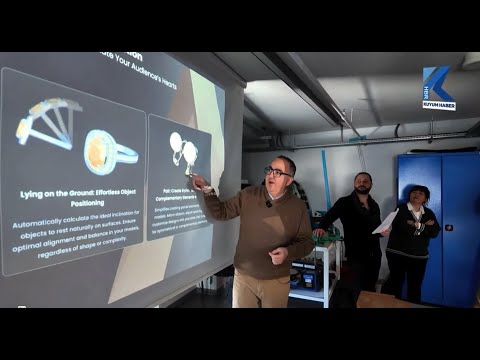Your Cart is Empty
Customer Testimonials
-
"Great customer service. The folks at Novedge were super helpful in navigating a somewhat complicated order including software upgrades and serial numbers in various stages of inactivity. They were friendly and helpful throughout the process.."
Ruben Ruckmark
"Quick & very helpful. We have been using Novedge for years and are very happy with their quick service when we need to make a purchase and excellent support resolving any issues."
Will Woodson
"Scott is the best. He reminds me about subscriptions dates, guides me in the correct direction for updates. He always responds promptly to me. He is literally the reason I continue to work with Novedge and will do so in the future."
Edward Mchugh
"Calvin Lok is “the man”. After my purchase of Sketchup 2021, he called me and provided step-by-step instructions to ease me through difficulties I was having with the setup of my new software."
Mike Borzage
Revit Tip: Efficient Project Management with Revit Phases: Essential Tips and Techniques
September 23, 2024 2 min read

Using Revit phases can significantly streamline your project workflow by allowing you to manage and visualize different stages of your project within the same model. This capability is particularly beneficial for renovation projects where you need to differentiate between existing, demolished, and new construction elements. Here are some essential tips to effectively use Revit phases:
Understanding Phases
Revit phases are used to describe and manage different stages of a project. Each element in your model can be assigned to a specific phase, enabling you to control its visibility and appearance in different views. The default phases provided by Revit are "Existing" and "New Construction," but you can create custom phases to suit your project needs.
Setting Up Phases
To set up phases for your project:
- Go to the Manage tab and click on Phases. This will open the Phasing dialog box.
- In the dialog box, you can add, rename, or delete phases as required.
- Define the Phase Filters to control how elements in different phases are displayed in various views.
Assigning Phases to Elements
Once your phases are set up, you need to assign them to elements in your model. Here’s how:
- Select the element you want to assign a phase to.
- In the Properties palette, find the Phasing section.
- Set the Phase Created and Phase Demolished properties as needed.
Using Phase Filters
Phase filters control the display of elements in different phases. To use phase filters effectively:
- Go to the View tab and click on Visibility/Graphics (or type VG).
- In the dialog box, switch to the Phasing tab.
- Select the appropriate Phase and Phase Filter for the current view.
- Customize phase filters to control the visibility and graphic overrides of elements in different phases.
Benefits of Using Phases
Leveraging Revit phases can offer numerous benefits, such as:
- Enhanced project organization by clearly distinguishing between different construction stages.
- Improved communication with stakeholders by providing clear visual representations of project phases.
- Streamlined documentation processes, reducing the risk of errors and omissions.
Integrating Revit phases into your project workflow can greatly enhance your efficiency and project management capabilities. For more advanced tips and professional software solutions, make sure to check out NOVEDGE.
You can find all the Revit products on the NOVEDGE web site at this page.
Also in Design News

💎 Rhino Artisan Arrives in Turkey: Revolutionizing Jewelry Design
February 27, 2025 1 min read
Read More
ZBrush Tip: Mastering Curve Surface for Unique Textures in ZBrush
February 27, 2025 2 min read
Read MoreSubscribe
Sign up to get the latest on sales, new releases and more …



